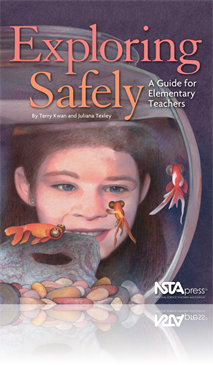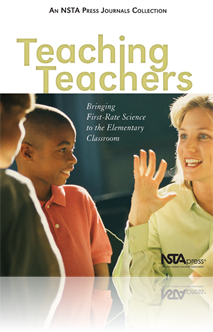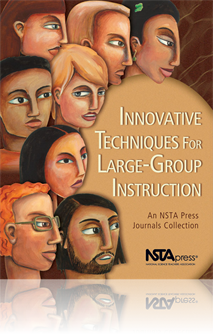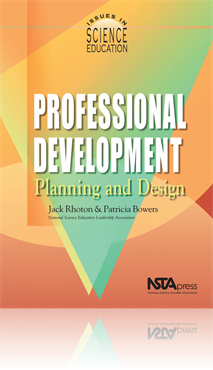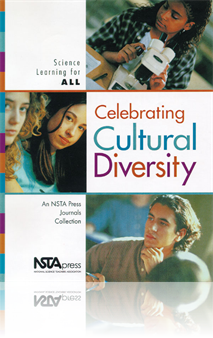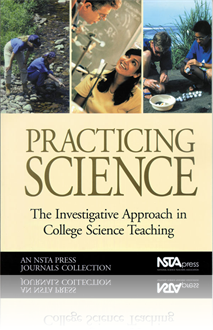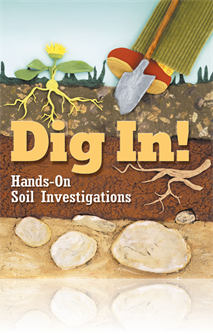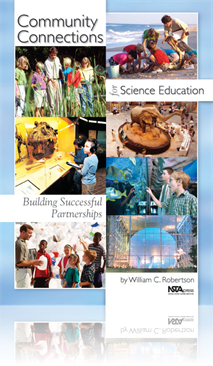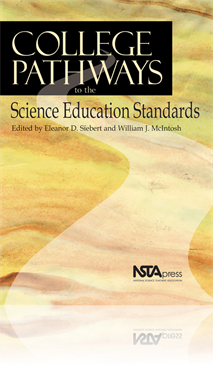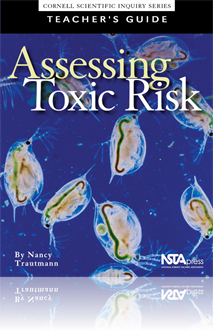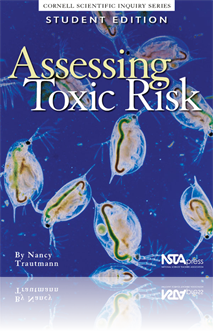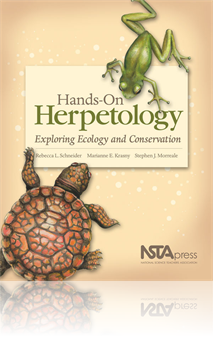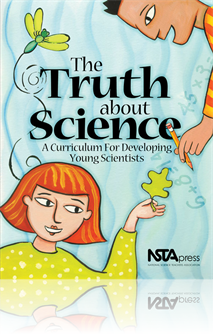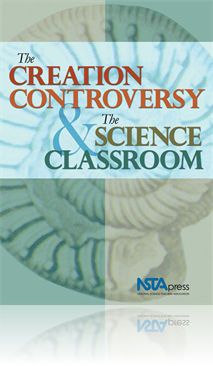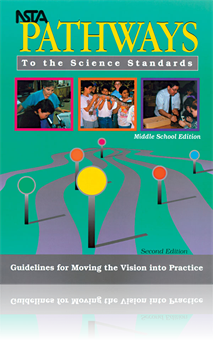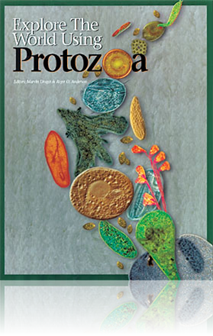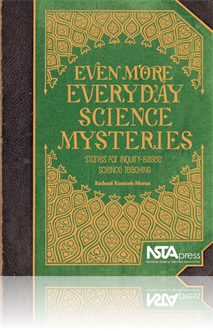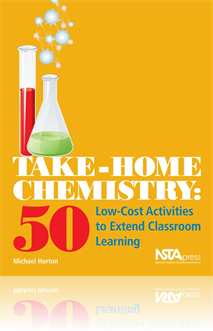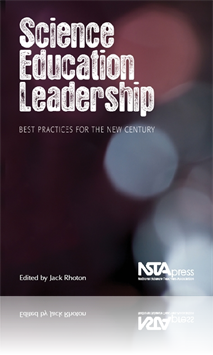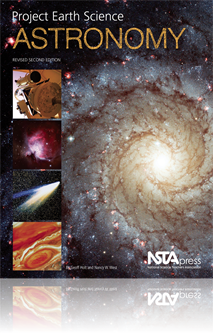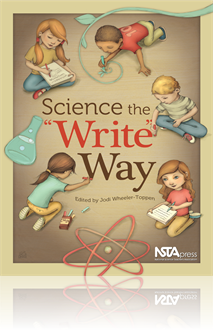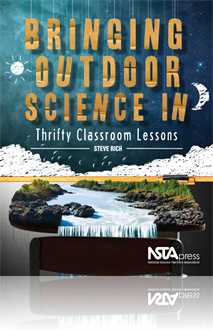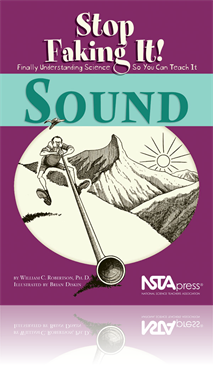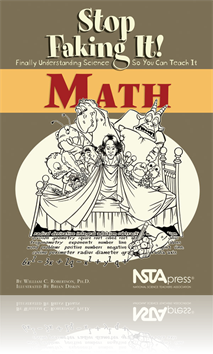All Book Chapters
Book Chapter
Government studies have indicated that more than 40 percent of school buildings are in such poor condition that they are unsafe for children. Even new facilities can be too crowded or architecturally unsuited for exploration. It’s important to reco...
Book Chapter
It takes a lot of “stuff” to conduct an activity-based science program. Teachers often use personal funds to purchase materials to use in their classes. They also save a lot from year to year and collect items for possible future use. But saving ...
Book Chapter
Maintaining living things in a classroom requires knowledge and preparation. It also requires the proper equipment and space. There are two primary goals in the study of living things: first, we want our students to respect life, and second, we want ...
Book Chapter
Today’s students have contact with many more complex chemicals in their homes than ever before but they may have little awareness of physical and chemical properties of those materials. This is a situation that can be extremely hazardous. Children�...
Book Chapter
Many safety books focus on chemistry, the “wet” physical science. Yet most elementary curricula appropriately concentrate on physical science that is easier to see—and more developmentally appropriate. The physical sciences provide great opport...
Book Chapter
Your own classroom is rich with resources and activities, but there are some things that simply can’t be done there. Therefore, well-planned field trips are a vital part of the total educational program. They play an important role in helping stude...
Book Chapter
Science is Part of the Big Picture
By becoming active learners themselves, teachers recognize that science is part of the “big picture,” and they are able to link newly constructed ideas about active learning to other pedagogical initiatives. It is important not to neglect theory ...
Book Chapter
How Do College Students Best Learn Science?
This paper is based on William Leonard’s “How Do College Students Learn Science? Chapter 1: Effective Teaching and Course Management for University and College Science Teachers,” edited by E. Siebert, M. Caprio, and C. Lyda. Dubuque, IA: Kendal...
Book Chapter
Standards have become a part of the educational landscape. In this chapter, we survey the origins of national standards; reflect on their power, in particular those in science education; and examine the role professional development must play if stan...
Book Chapter
The Role of the Science Leader in Implementing Standards-Based Science Programs
Although most of the literature of reform and systemic change focuses on policy, programs, and practices that the leaders should be responsible for producing, this chapter will emphasize what is known about how leaders bring about these improvements ...
Book Chapter
Celebrating Cultural Diversity: Science Learning for All—An Introduction
What is a “multicultural” classroom? Classrooms, even if they are filled with non-majority students, are not necessarily multicultural. There are three elements necessary for a truly multicultural science-learning environment: First, the sense th...
Book Chapter
What Should Students Learn About the Nature of Science and How Should We Teach It?
The purpose of this article is to: 1) explicate the central pattern of scientific reasoning, 2) show that the pattern has been applied by scientists to help answer a wide range of scientific questions, and 3) argue that sequencing instruction that ...
Book Chapter
Two natural forces are continuously at work on the landscape—the forces of destruction and the forces of construction. In locations of destruction, the material that is lost through natural events must go somewhere else, and landforms are construct...
Book Chapter
This section introduces students to the animals that depend on soil. In addition to studying the animals students can see, introduce them to Earth's vast invisible life—the billions of microscopic organisms, such as bacteria, protozoa, fungi, and a...
Book Chapter
Soil erosion can be caused by water or wind. Although undetectable at first, the natural process of erosion from water and wind can lead to significant soil losses from agricultural and urbanizing land. In this section, students simulate rain and win...
Book Chapter
Soil is the solid material on Earth’s surface that results from the interaction of weather and biological activities with the underlying geologic formation. Soil is produced from broken down rocks, organic matter (decayed animal and plant life), wa...
Book Chapter
Because you are reading this book, we are going to make the bold assumption that you’re interested in creating, improving, or solidifying a formal-informal partnership in science education. In this chapter, you will discover the opportunities that ...
Book Chapter
The Standards vision guides the discussion in this chapter on science teaching standards for the postsecondary level. The discussion centers on the importance of goal setting, designing experiences to meet students’ needs, assessment, and collegial...
Book Chapter
One of the reasons for studying toxicology at the high school level is its relevance to everyday life. On a daily basis we are confronted with news reports about toxic chemicals in our food, water, and environment. How do we decide which of these are...
Book Chapter
Toxicity indicates how poisonous a substance is to biological organisms. To measure a chemical’s short-term toxicity, scientists carry out something called a “dose/response” study. The word dose refers to the total amount of a substance to whic...
Book Chapter
Before starting any of the activities in this guide, we strongly recommend that you read the information in this section. Here we cover the critically important issues of how to handle amphibians and reptiles, and safety issues concerning these anima...
Book Chapter
Research Questions and Hypotheses
This first section guides students to ask testable questions, and formulate hypotheses and null hypotheses. Students also become familiar with the parts of a science research report. This structure reinforces the concepts of quantitative observations...
Book Chapter
Modern Science and the Book of Genesis
Many religious people, including scientists, hold that God created the universe and the various processes driving physical and biological evolution and that these processes then resulted in the creation of galaxies, our solar system, and life on Eart...
Book Chapter
Before middle grades, a student’s experience with objects, motion, and energy centers on exploring one thing at a time. Understanding energy, distinguishing between different kinds of energy, and learning about the nature of energy and energy tran...
Book Chapter
This section uses protozoa to help students either review already acquired lab skills or learn entirely new ones. As students are led through the investigations in this section, they are encouraged to observe and compare biological processes among th...
Book Chapter
This section enables students to model the fundamental life processes of many organisms, including humans, by using microorganisms. The section also explores some of the operating principles of cellular physiology and organismic biology using protozo...
Book Chapter
Interacting with other Organisms
Life on Earth forms a complex web. Each organism depends on others for its health and well being. This section explores how such relationships are essential for maintaining balanced ecosystems. Students conduct investigations into mutualistic and par...
Book Chapter
All species of organisms live in communities and occupy ecological niches. Protozoa, by contrast, live in a wide variety of habitats, including soils, water, and inside other organisms. This section explores the varied habitats of protozoa, especial...
Book Chapter
Life thrives or perishes depending upon its ability to adapt to changes in the environment. Over time, living organisms develop adaptive strategies that enable them to meet the demands precipitated by those changes. In this section, students explore ...
Book Chapter
Some students may not believe that it is possible for a puddle that appears larger to evaporate more quickly than one that seems smaller. The story in this chapter has to do with evaporation. The authors explore the major factors that lead to how qui...
Book Chapter
In this activity, students will determine whether the shape of a water molecule is linear or bent...
Book Chapter
In this activity, students will use homemade pH paper to test a number of chemicals around the house....
Book Chapter
New Models of Leadership and Collaboration to Improve Science Education: The Role of Business
This chapter provides a brief overview of traditional business involvement in education improvement and then explores new models of involvement by business leaders in improve student outcomes in science education. These new efforts examined by the au...
Book Chapter
How Far to the Star? The Parallax Effect
In this activity, students conduct two experiments with parallax by viewing a pencil against a backdrop marked with equally spaced lines. In the first experiment, students note the shift in the apparent position of the pencil by viewing it with each ...
Book Chapter
Multigenre Lab Reports: Connecting Literacy and Science
The development of communication skills is a key component in any science program but most students don't see the connection between science and writing. Connect literacy and science by using this hands-on activity that is a fun alternative to tradit...
Book Chapter
Teaching about the natural, outdoor environment indoors can be done well, but it can be even more effective if the indoor environment is nature-friendly or “green” (to use the current lingo). Just trying to teach the value of a tree, for instance...
Book Chapter
Waves Do Basic Math--Adding and Subtracting
So far we've been dealing with single sources of sound, and how they produce the pitches you hear. But you don't go to the symphony to hear a single oboe, and when you hear a solo guitarist, he or she doesn't keep your attention long by playing only...
Book Chapter
Most textbooks go through the procedures for solving math equations before they ever get to word problems, which is a bit backwards. You should know where the equations come from in the first place, so you might actually have a reason for solving th...
Book Chapter
You now know enough about force and motion to design a trip to the Moon. After all, if they can get a man on the Moon, you can understand science. In the first section of this chapter, the author teaches you the basics of getting to orbit with an eng...



